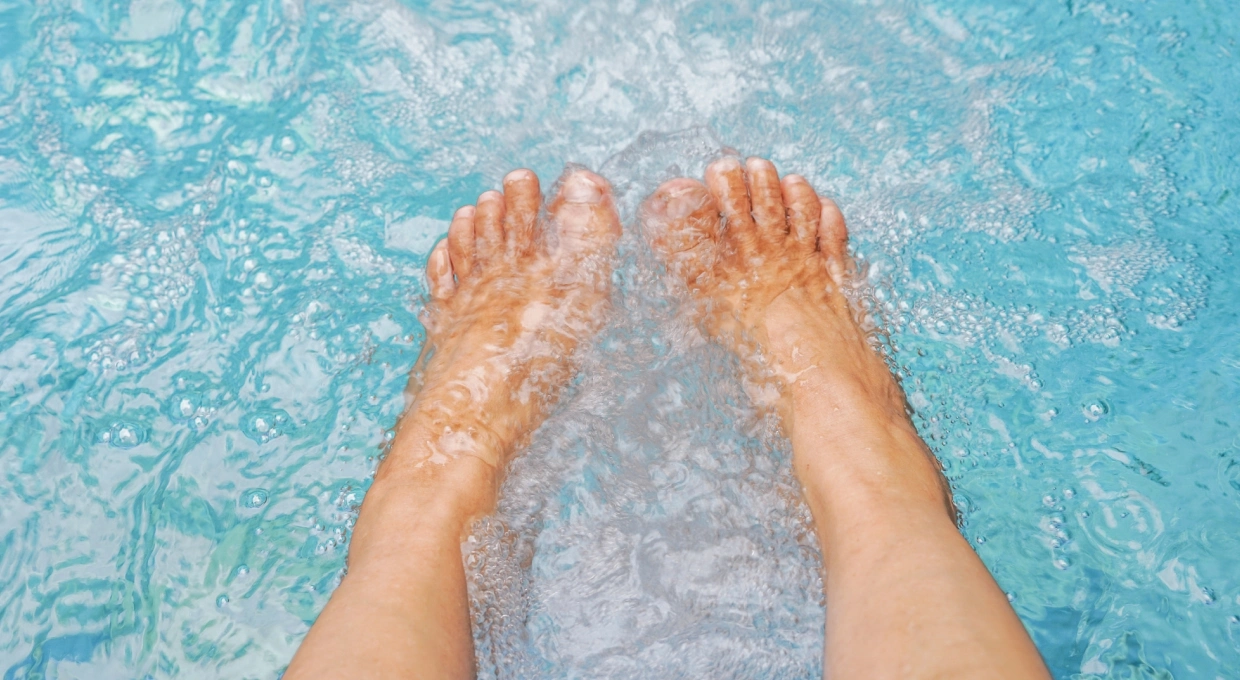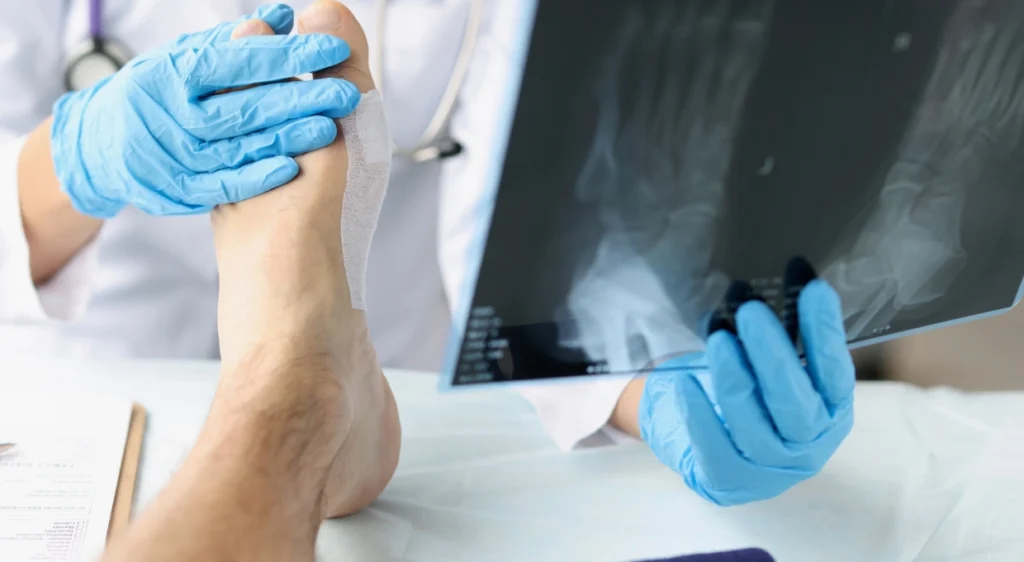You may have noticed that, after prolonged contact with water, the skin on your feet wrinkles. This phenomenon, which also occurs on the hands, is common and has intrigued scientists and doctors alike. Although it may seem like a simple quirk of the body, there are biological reasons behind this effect. Understanding why this phenomenon occurs is not only interesting, but also provides insight into skin adaptation and function.
The process behind skin wrinkling
When the skin of the feet is immersed in water for an extended period of time, such as when taking a bath or swimming, the outermost layer of the skin, known as the stratum corneum, absorbs water. This layer is composed primarily of dead cells filled with keratin, which is a hard, water-resistant protein. However, keratin has the ability to absorb water, which causes the skin to swell. Swelling does not occur evenly. Areas of the skin that are more firmly attached to the lower layers of tissue do not expand as much as areas that are less firmly attached. As a result, the skin wrinkles. This process is a natural reflex and is more noticeable on the hands and feet due to the amount of stratum corneum in these areas.
Why does this phenomenon occur?

For a long time, it was believed that skin wrinkling in water was simply a passive effect of water absorption. However, more recent research suggests that this phenomenon may have an evolutionary function. A 2011 study by scientists at Newcastle University in the United Kingdom proposed that skin wrinkling underwater is actually a reflex controlled by the autonomic nervous system. This reflex may have evolved to improve grip in wet conditions. The researchers found that people with water wrinkled fingers were more efficient at handling wet objects. This effect resembles the way grooved tires improve grip on wet roads. Thus, wrinkled feet and hands may have offered an evolutionary advantage in wet environments, allowing our ancestors to gather food and move more effectively on wet terrain.
When to worry?
Although water wrinkling of the skin is a normal phenomenon, there are times when it could indicate an underlying problem. If the skin on your feet persistently wrinkles without being exposed to water, it could be a symptom of dehydration or blood circulation problems. Also, if you notice that your skin takes a long time to return to normal after getting out of the water, or if you experience pain, redness or swelling, it is advisable to consult a doctor. Another factor to consider is skin care after prolonged exposure to water. Moisturizing is key to maintaining healthy skin, especially on the feet, which are often subjected to constant moisture and friction. Applying a moisturizer after being in the water can help maintain the skin’s protective barrier and prevent problems such as dryness or fungal infections.
Tips for foot skin care
- Regular moisturizing: After showering or bathing, be sure to dry your feet thoroughly, especially between the toes, and apply a moisturizing cream to prevent dryness and keep the skin supple.
- Proper footwear: Shoes should allow ventilation and prevent moisture accumulation, which can lead to problems such as fungus or infections.
- Beware of prolonged exposure to water: While being in the water is not harmful, it is important not to prolong exposure too long, especially in cold water conditions, as it can affect circulation and cause discomfort.
- Regular foot checks: If you notice unusual changes in the skin of your feet, such as persistent wrinkling, discoloration, or any painful symptoms, consult a health care professional for a proper evaluation.
Conclusion
The wrinkling of the skin on the feet when in contact with water is a fascinating phenomenon that reflects both the physical properties of the skin and possible evolutionary adaptations. Although it is a natural and generally harmless process, taking care of the skin on your feet is essential to avoid more serious problems. Keep your feet well hydrated and protected to ensure their long-term health.



